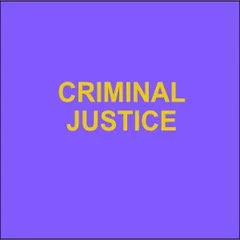Closing Rikers Island: A Roadmap for Reducing Jail in New York City
By Michael Rempel, Krystal Rodriguez, Tyler Nims, Joanna Weill, Zachary Katznelson and Madison Volpe
New York City has embarked on a far-reaching effort to shutter its notorious Rikers Island jail complex. The effort hinges on safely reducing the number of people in city jails—an achievable goal that demands policy changes at a number of levels. This report lays out a roadmap for safely limiting the use of jail in the years ahead, as a new set of elected policymakers will be tasked with bringing to fruition the end of Rikers. The good news is that New York City will be building on decades of successful reforms that have already driven down both crime and incarceration. Yet challenges lie ahead. The COVID-19 pandemic has been accompanied by a tragic increase in shootings in our city and nationwide. Nationwide protests prompted by the killings of Black Americans by police have highlighted vast racial disparities in who is arrested and incarcerated. Perennial problems at Rikers are growing worse, including intolerable conditions and unacceptably high levels of violence. New Yorkers demand, and deserve, to live in safe communities. Efforts to reduce incarceration must be accompanied by meaningful efforts to prevent crime. But importantly, the available data contradict the notion that justice reforms are linked to the recent rise in shootings.
-
As the trends of the past three decades indicate, more jail does not equal more safety. To the contrary, an emerging body of research indicates that the overuse of jail, while temporarily incapacitating people, can actually lead to more criminal activity and risks undermining the health of individuals, families, and entire neighborhoods. Those who go into jail with challenges— substance use, mental health concerns, joblessness, unstable housing, etc.—tend to come out with those challenges worsened. Jail also comes at tremendous financial cost: incarcerating one person on Rikers for a year costs a staggering $447,000.2 The strategies for reducing incarceration in this report draw on existing and original research and interviews with more than 60 criminal justice officials, practitioners, service providers, and advocates. We estimate that, once implemented, the strategies proposed here could safely reduce the jail population to between 2,700 and 3,150 people. Delivering on the promise of these strategies, and achieving the projected reductions in jail, will depend on political will, robust implementation, and ongoing monitoring to track progress.
New York: Independent Commission on NYC Criminal Justice and Incarceration Reform and Center for Court Innovation, 2021. 91p.


